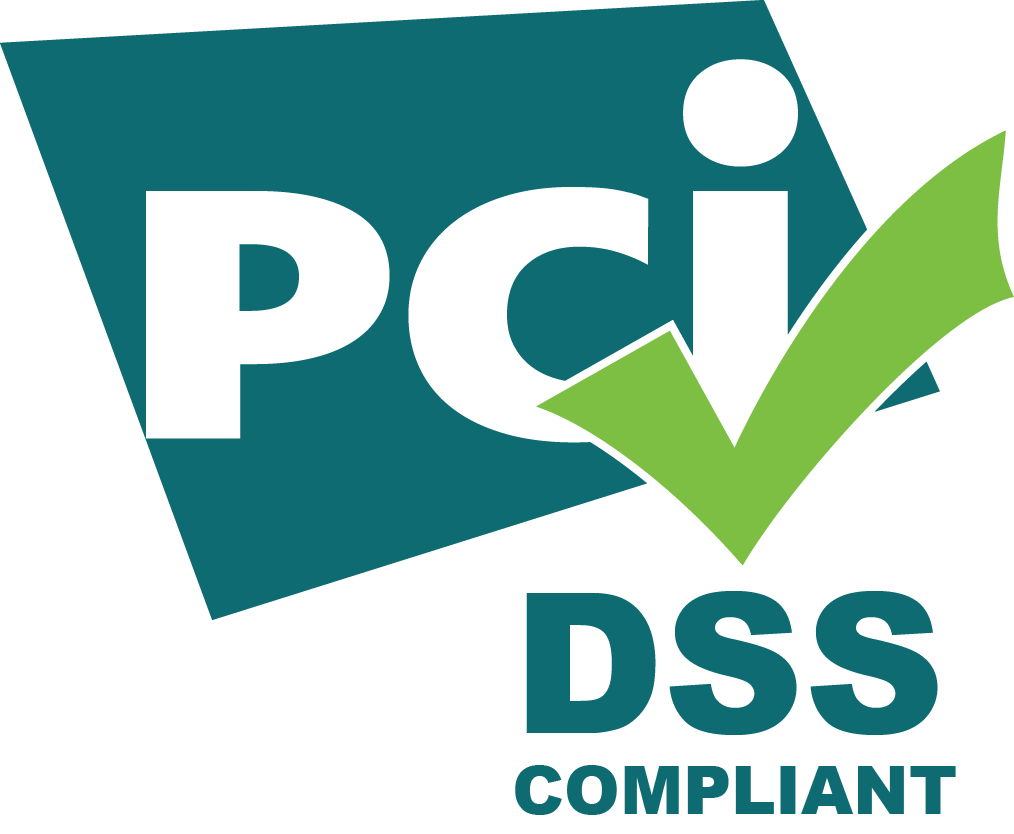secure code review is a specialized process that involves manual and/or automatic review
A secure code review is a specialized process that involves manual and/or automatic review of an application’s source code to discover hidden vulnerabilities, design flaws, detect insecure coding practices, backdoors, injection flaws, cross-site scripting errors, weak cryptography, etc.
Every business develops software or applications that are written in a variety of languages and frameworks. Each application/software is programmed with a set of code that may have various vulnerabilities and weaknesses. The goal of secure code review is to improve the security of the code and discover any flaws before they can cause any damage.
We comply with all major IT security testing guidelines
Our team of professional experts employs the best security standards in the industry.






Need for a secure code review
Secure code reviews are a required aspect of compliance in several areas, including healthcare, financial services, and e-commerce. It also adds another degree of protection to the security of the application before its release. Kéntro’s comprehensive security code review services. They will help you shorten review times and improve the profitability of your security verification procedure.
Reviewing security codes helps an organization reduce overall maintenance and development costs, increase the effectiveness of lines of code, and reduce hazards in the early stages.
Kéntro approach.
Our security professionals use their knowledge to perform manual and automated assessment to identify all potential coding issues. Then they give methods to resolve and resolve those errors.
In the review process, we have a number of specialized steps. The steps are the following:
This is the first step in the secure code review process, where data is collected.
The goal of the threat assessment is to understand the design and infrastructure of the software or web-based application.
For huge code bases and multidimensional code structures, automation is required. For automated code review, many commercial and open source programs are used.
Some of the tools we use for .NET are:
Puma Scan: It is an open source .NET C# static source code scanner.
.NET Security Guard: It is useful in security audits in .NET applications. Find SQL injections, LDAP injections, XXE, cryptographic weakness, XSS and more.
Secure Assist – Prevents insecure (.NET) coding and configurations by automatically scanning code as an IDE plugin for Eclipse, IntelliJ and Visual Studio etc.
The importance of manual code review cannot be overstated when examining essential security measures.
Once we have finished all the above procedures, we compile a report with all our findings in an easy to understand style. We document each flaw in the code and devise a patching approach to fix it.
Upon completion of all these stages, our team creates a report that summarizes all the findings in an easy to understand way. All code snippets and modules with risks or issues are represented by the team.


